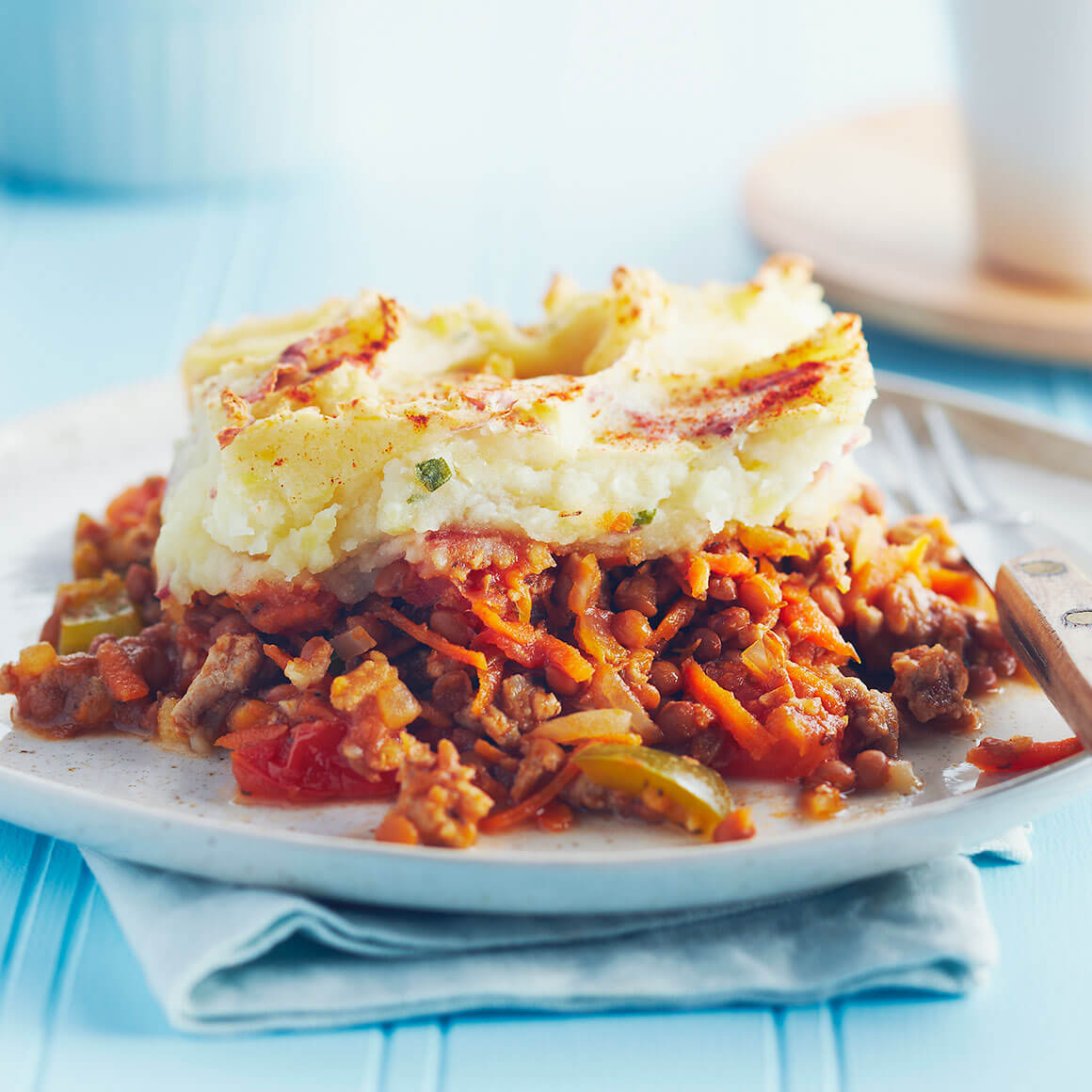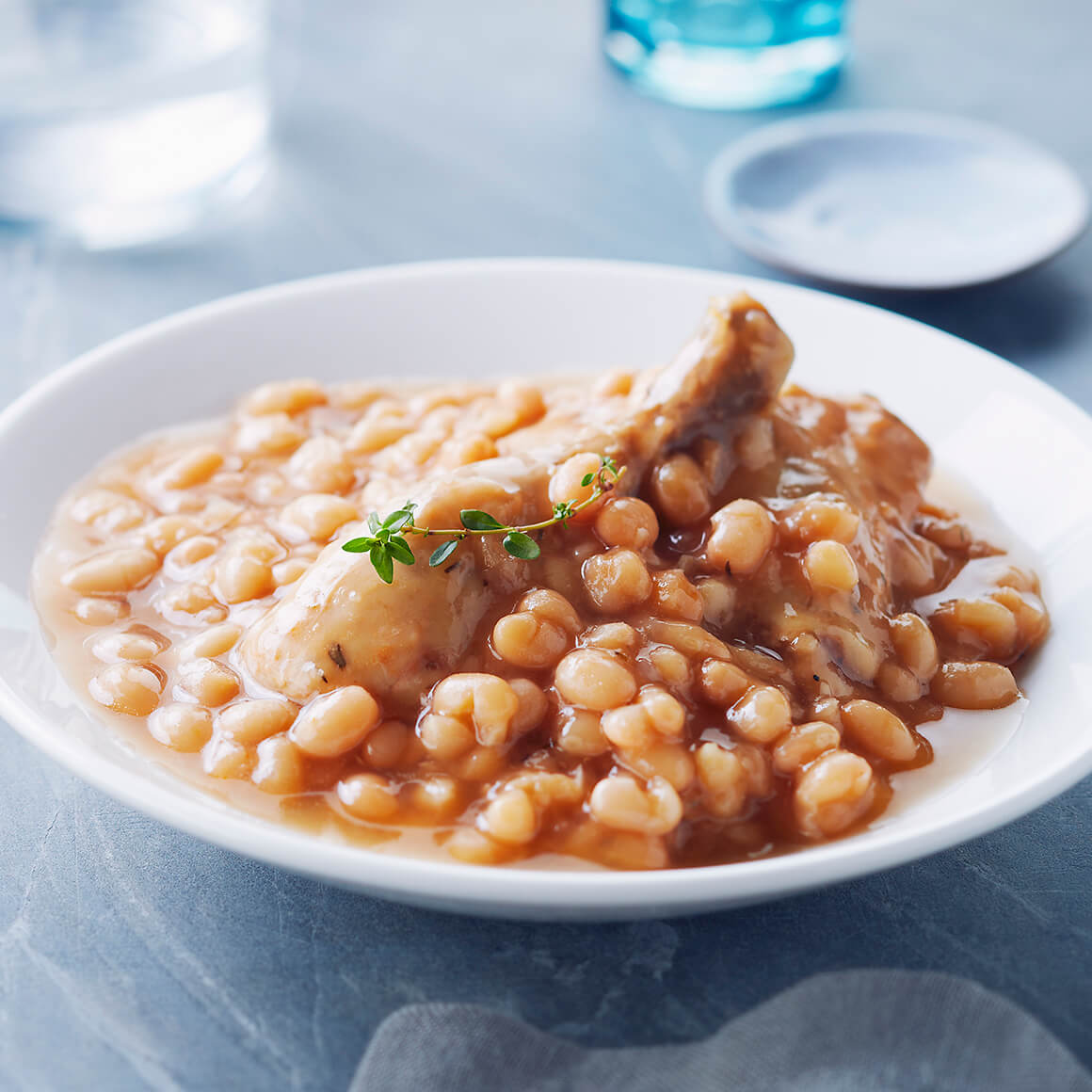
The Importance of Iron
Feeling tired even though you’re getting enough sleep? Looking pale? This can be due to a lack of iron in your diet. Over 20% of Canadians between the ages of 19 and 50 are not getting enough of this essential mineral.
What does iron do?
As the main carrier of oxygen to all tissues in the body, iron brings energy to your brain, muscles, and all moving parts. A lack of iron will make you feel tired and run down. Consistently low levels of iron can lead to a decrease in your red blood cell count and ultimately cause anemia. A simple blood test will confirm if your body is low in iron.
What causes low-iron in the body?
There may be many reasons including but not limited to:
- not eating enough iron-rich foods on a daily basis
- eating too many foods that inhibit the absorption of iron(such as caffeine, calcium, phytates, and oxylates)
- not absorbing iron efficiently due to gastrointestinal issues
- not chewing enough, leaving food particles too large for iron to be efficiently released
- taking medication that reduces the acid in the stomach, limiting its ability to break down iron to its most absorbable form
- increased blood loss due to a heavy menstrual flow or internal bleeding
How to increase your iron intake
The best way to get more iron in your diet is to include foods containing heme iron. Sources include meat, poultry, fish, and shellfish (oysters), with the richest sources found in organ meats (liver), red meat, and dark meat poultry.
Plant-based foods like beans, quinoa, seeds, dark leafy greens, and other iron-fortified foods are good sources of iron, but are not as easily absorbed as heme iron.
It is also recommended that you eat foods that facilitate iron absorption. Foods containing vitamin C will increase the amount of iron absorbed by as much as 30%. When you are eating foods higher in iron, try to include a source of Vitamin C to maximize your intake.
Cooking with iron
If chicken is one of your favourite proteins, then getting enough iron in your diet just got cheaper and easier. Skinless legs and thighs have twice the amount of iron compared to breast meat and can be used as a substitute for more expensive meats. Combine these with foods such as beans, lentils, and spinach and you’ve got yourself a recipe for a delicious, iron-rich dish.


